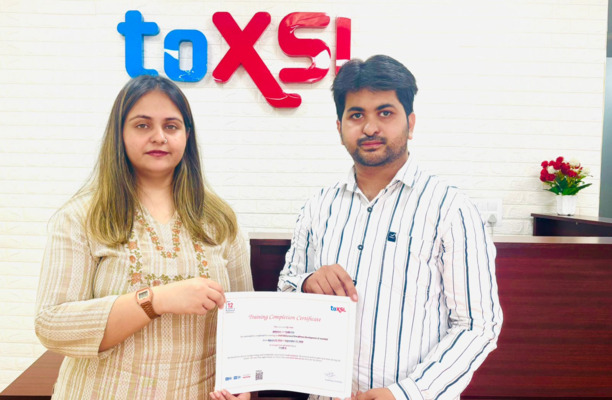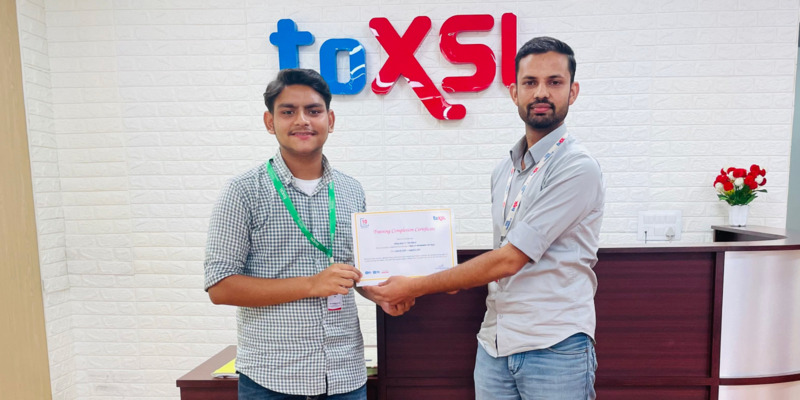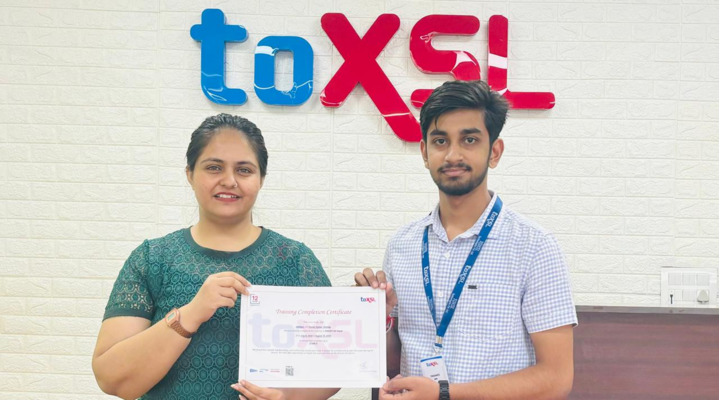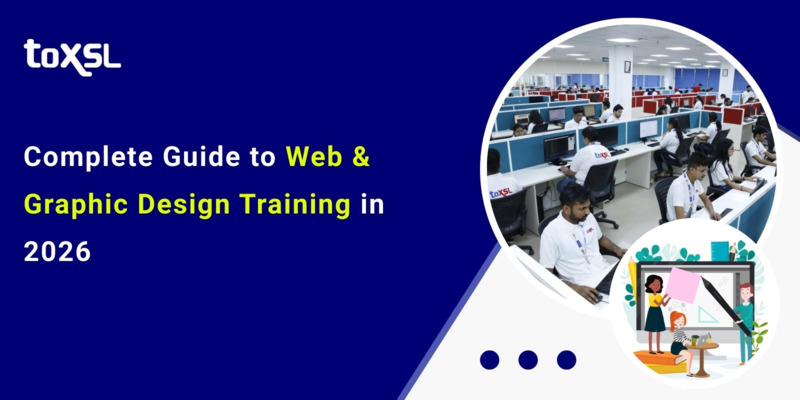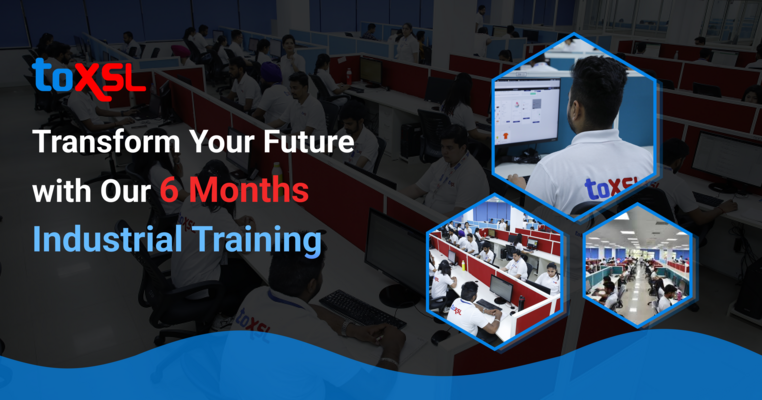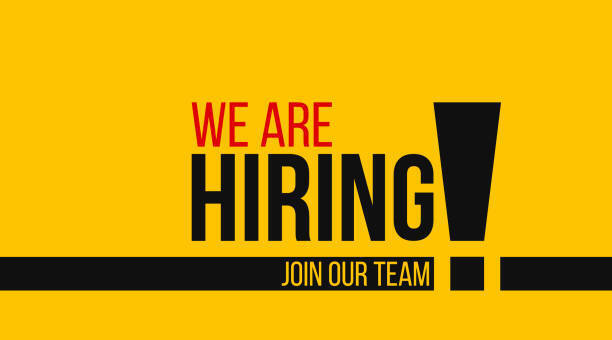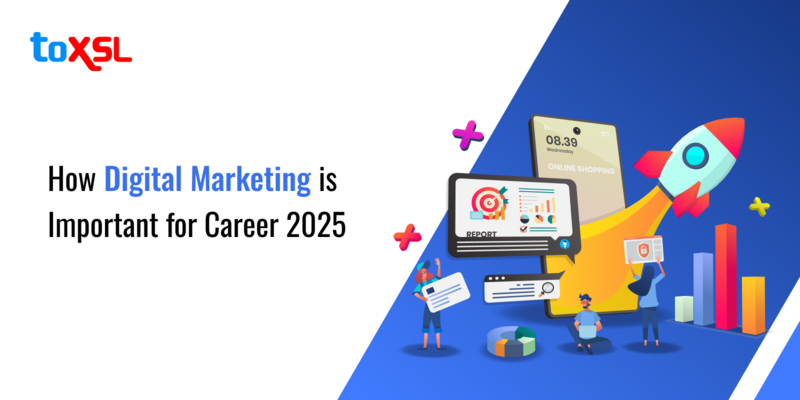
Introduction:
ToXSL Technologies, a leading software development company, places great emphasis on creating a positive onboarding experience for its new team members. Let’s delve into the comprehensive process of welcoming new joinees to the team at ToXSL Technologies.
Benefits of ToXSL Training Certification:
ToXSL Technologies is a leading provider of training and certification programs in the field of Information Technology. Obtaining training certification from ToXSL helps students shape their future. Here's how:
Expertise in cutting-edge technologies: ToXSL offers training and certification in various advanced technologies such as AI, ML, Big Data, and Cloud Computing. By obtaining a certification from ToXSL, students will be equipped with the latest industry trends and skills, making them more competitive in the job market.
Live Project Training: Live project training is an essential aspect of ToXSL’s certification programs, playing a crucial role in shaping a brighter future for students. This component of the training allows students to work on actual projects under the guidance of experienced mentors. By participating in live projects, students gain invaluable practical experience and insights into the dynamics of various professional environments, including:
Project execution
Teamwork
Problem-solving
Client interactions
This exposure not only enhances their technical skills but also hones their soft skills such as communication, time management, and adaptability.
Placement Opportunities: Having a training certification from ToXSL can open up new career opportunities for students. Many top organizations and companies recognize ToXSL's certifications as a mark of excellence and are more likely to hire candidates who have completed these programs.
Industry-recognized certification: ToXSL certifications are recognized by leading employers in the industry, giving students an edge over their competition. An industry-recognized certification can lead to better job opportunities and higher salaries.
Comprehensive course curriculum: Our training programs are designed to cover all aspects of the subject matter, ensuring students have a thorough understanding of the concepts and can apply them in real-world scenarios. This comprehensive approach to learning will help students excel in their chosen field.
Access to experienced trainers: ToXSL employs experienced trainers with industry experience, who can provide valuable insights and guidance to students. This mentorship can help students gain a deeper understanding of the subject matter and improve their practical skills.
Networking opportunities: By enrolling in our training programs, students will have the opportunity to connect with like-minded individuals and industry professionals. This networking can lead to potential job opportunities, collaborations, and mentorships.
Enhanced employability: Obtaining a ToXSL certification demonstrates to employers that a candidate has the necessary skills and knowledge to excel in their chosen field. This can lead to better job opportunities and a more rewarding career.
Continuous learning and support: We provide ongoing support and resources for students even after the completion of the training program. This ensures that students can continue to develop their skills and stay up-to-date with industry trends.
Conclusion
In conclusion, obtaining training certification from ToXSL can greatly benefit students in shaping a better future. By gaining valuable skills and knowledge, connecting with other professionals, and increasing their earning potential, students can set themselves up for success in their chosen field.
Join our training programs and elevate your skills, expand your knowledge, and gain a competitive edge in your professional journey.
